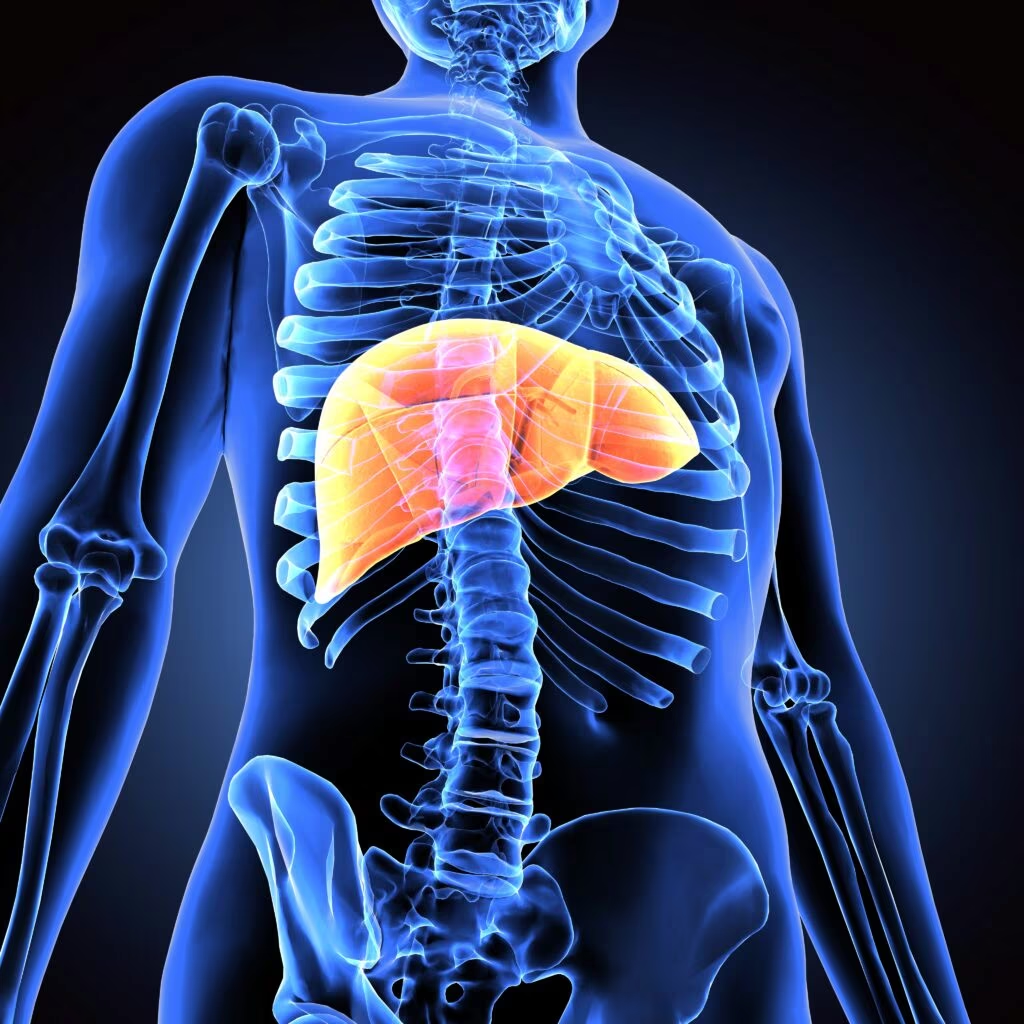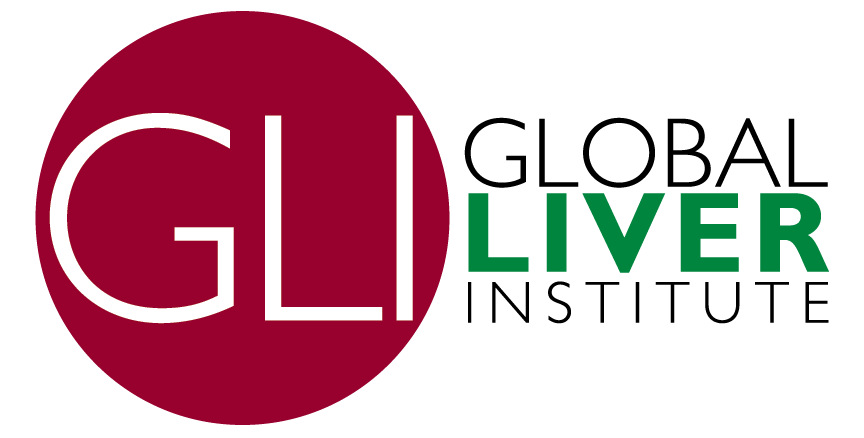Nonalcoholic steatohepatitis (NASH) has a relatively short history as a recognized health condition. The terminology for NASH and its precursor nonalcoholic fatty liver disease (NAFLD) date back to only the 1980s1. As a young disease, the stakeholders from throughout the field have the opportunity to integrate a health equity perspective into research, diagnosis, and treatment from the start.
For Black people in the U.S., equity in NASH looks different than in many other diseases. Based on current data, Non-Hispanic Black Americans currently face the lowest rates of NAFLD compared to whites and Hispanic people (and, when included in studies, Asian Americans and other racial/ethnic groups).2 Blacks also have a lower risk of progression of cirrhosis from NAFLD to NASH than other groups.2 While these appear to be auspicious statistics, they obscure a more dire reality: Despite lower rates of diagnosis, Black patients with NASH face worse outcomes, more likely to die or face acute liver failure during a hospital stay3 and more likely to receive an unfavorable discharge4 compared with other races.
Why is this happening? There is not yet a comprehensive body of research to analyze this phenomenon, so we cannot draw a clear line from cause to effect. However, we can explore several established factors that do limit the liver health of Black people at all levels of the healthcare system.
-
Structural Factors:
-
Access and utilization: Despite the availability of noninvasive tests, the current requirement to prove a NASH diagnosis is biopsy, an invasive, unpleasant procedure. Recovery from biopsy can occur within a week, but side effects may last up to 8 weeks, depending on the patient. Limited local availability of biopsy services, in addition to limited insurance coverage and challenges finding the opportunity to schedule this procedure around work and other obligations, may mean that the appearance of lower rates of NASH among Black people simply reflects a difference in diagnosis, disguising comparable prevalence between populations.
-
Insurance coverage: Disparate insurance coverage between racial groups may also contribute to poor outcomes, whether through reduced quality of care, prohibitive out-of-pocket cost, or another factor.
-
Inclusion in clinical trials: After persistent exclusion from research studies and clinical trials, most data about treatment options does not take into consideration Black participants. If different groups have different responses to new treatment, it is unlikely that current studies have enough data to identify this variance.
-
-
Interpersonal Factors:
-
Inadequate hospital care: Black patients have been shown to have longer hospital stays than other races, and they face worse inpatient outcomes5. Implicit bias and historical, biologically inaccurate beliefs held about Black Americans are likely to play a role in subpar care.
-
Broken trust: A history of egregious treatment of Black Americans by the medical establishment has damaged trust, especially in experimental studies. This trust must be rebuilt before we reach full utilization of care and full participation in research.
-
Poor translation: The risks, benefits, and requirements of both treatment options and trial participation are often obscured by overly technical jargon. Liver health information must be presented at an appropriate level for patient understanding.
-
Organizations seeking to combat NASH must first invest meaningfully in local communities based on their own identified needs before inviting them to join in mutually beneficial initiatives for liver health, whether a screening campaign or a clinical trial. Researchers and evaluators must be sure to include a diverse population in all of their studies–enough to determine if certain groups respond differently to treatment. As we build trust and foster understanding at all levels amongst at-risk patients, increased trial participation and improved outcomes will follow.
Given the risks to Black people once NASH is diagnosed, it is time to focus efforts earlier in progression. Especially for Black people at risk of NASH and NAFLD, we must promote awareness, prevention, and control of risk factors to give people the chance to heal and strengthen their livers before it is too late. The NASH community has the opportunity to be on the right side of history as it matures. After all, as GLI’s president and CEO Donna Cryer, JD noted recently on the Surfing the NASH Tsunami podcast, “We are writing Black history now. This day will someday be a part of Black history, so let’s write it in a way that we can all be proud of.”










